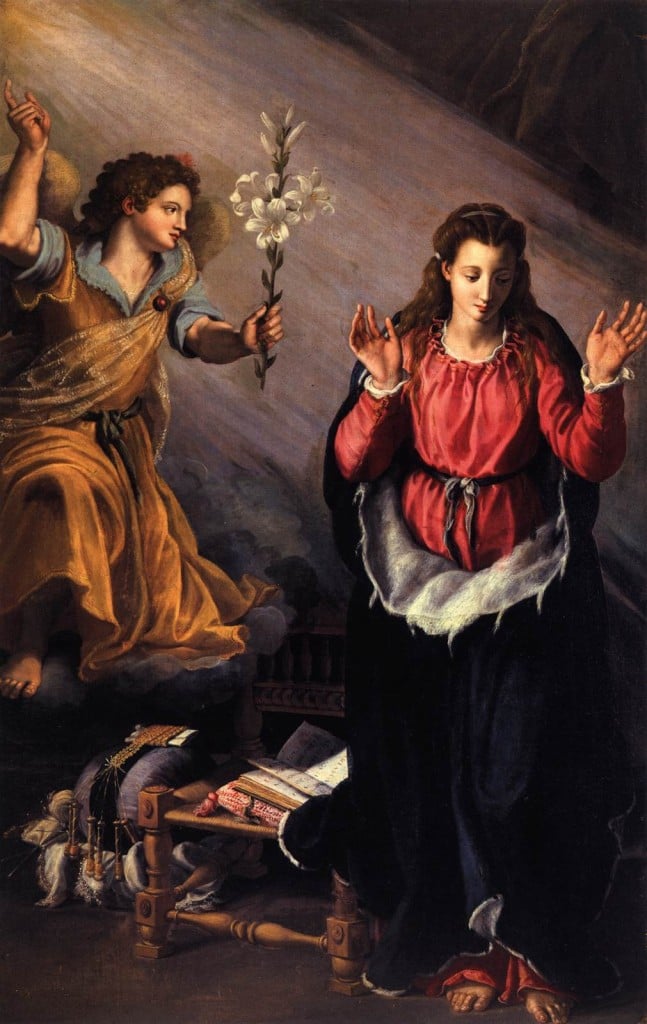… Bishop of Benevento in Campania, he died near Naples, about the year 305, martyred under the persecution of Emperor Diocletian.
Together with his deacons Socius and Festus, and his lector Desiderius, Januarius, bishop of Beneventum, was subjected to most atrocious torturing during the Diocletian persecution (about 304). Nevertheless, with God’s aid they were preserved unmaimed. The wild animals let loose upon them would not attack. Beheaded at Puteoli, their bodies were reverently interred in the neighboring cities. Eventually the remains of St. Januarius became the prized possession of the city of Naples.
Around the year 400 the relics of St. Januarius were moved to Naples, which honors Januarius as a patron saint. He supposedly protected Naples from a threatened eruption of the volcano Mt. Vesuvius. The “miracle of Januarius” has world-wide fame. At least three times a year—on his feast day, December 16 and the first Sunday of May—the sealed vial with congealed blood of the saint liquifies, froths and bubbles up. This miraculous event has occurred every year, with rare exceptions. Popular tradition holds that the liquefaction is a sign that the year will be preserved from disasters. (In 1939, the beginning of World War II, the blood did not bubble up.)
Patron: patron of Naples, Italy; blood banks; volcanic eruptions.
Symbols: heated oven; two red vials on Bible; bishop’s mitre (headdress); palm frond (symbol of martrydom); crown (of martyrdom).











